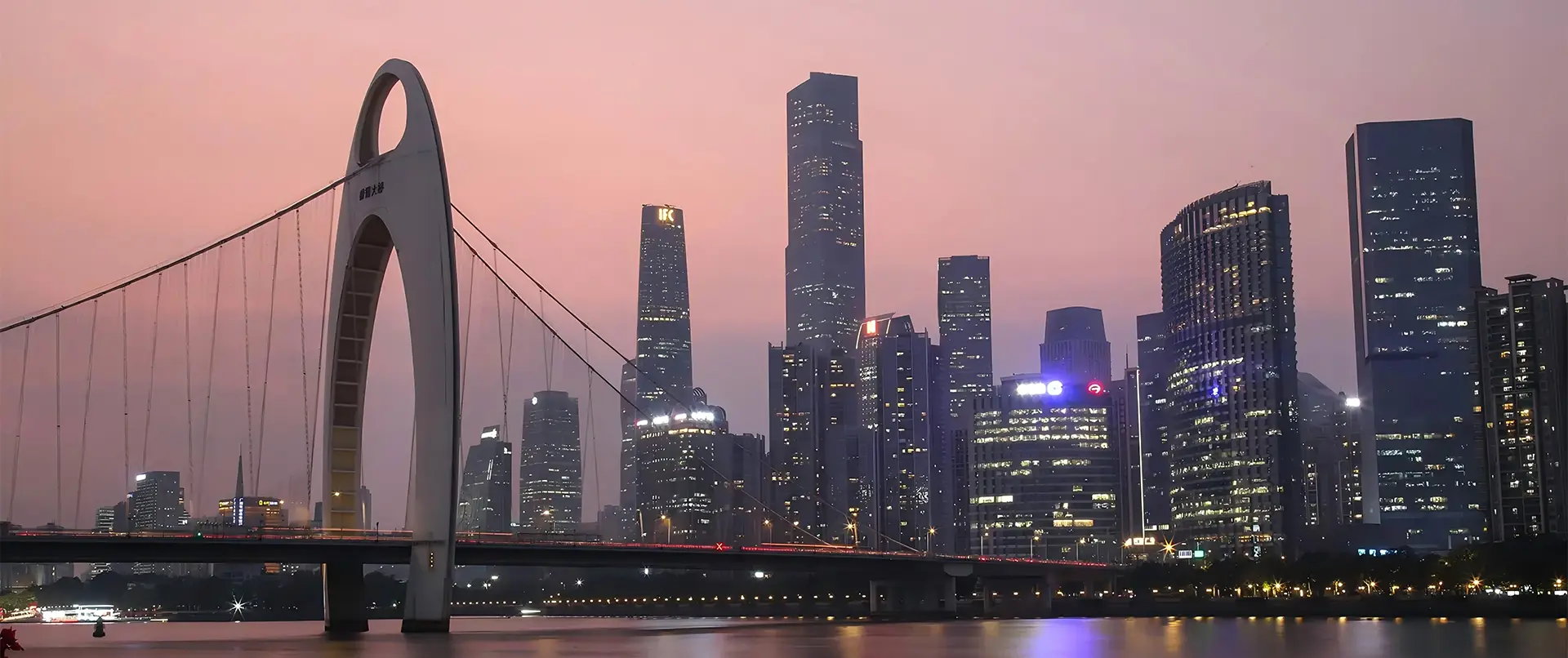Stunning Examples of Best Digital Renderings You Need to See
In the rapidly evolving world of design and architecture, "Digital Renderings" have emerged as a transformative tool that enhances visual communication and project visualization. According to a recent report by the American Institute of Architects, nearly 75% of firms now employ digital rendering software to illustrate concepts and engage clients more effectively. This growing reliance highlights the increasing importance of high-quality, realistic renderings in capturing the imagination and driving decision-making processes. Whether it's for architectural projects, product designs, or virtual environments, the ability to create stunning visual representations has become a pivotal factor in the creative industry. As we delve into the best examples of digital renderings, we will explore how these alternatives not only elevate the presentation standard but also influence client perceptions and project outcomes in today’s competitive landscape.

Incredible Architectural Visualizations That Push Creative Boundaries
In the world of architectural visualizations, the convergence of creativity and technology is pushing boundaries in ways that were once deemed impossible. Recent initiatives like the
"Amazing Walk" installation by MAD Architects exemplify how surreal designs can transform urban spaces. This installation, situated in the
Cortile della Farmacia courtyard, blurs the lines between reality and imagination, making it a striking example of contemporary architecture that challenges traditional norms.
The demand for more imaginative and unconventional designs is evident in the luxury second home market, where requests range from glass-walled jungle bars to properties shaped like mountain peaks. These avant-garde wishes compel architects to innovate constantly, propelled by advancements in tools such as AI and machine learning. According to a report from an industry leader, the integration of AI technologies is likely to increase design efficiency by up to 40%, allowing architects to explore creative avenues previously restricted by time and resources.
Moreover, the resurgence of interest in unbuilt works, like those of Frank Lloyd Wright, has spurred a wave of stunning digital reconstructions that celebrate the architect's visionary genius. Whether through innovative 3D renderings or revolutionary cloud rendering workflows, these approaches not only enhance collaboration among professionals but also redefine how architects visualize their ideas. As boundaries continue to blur in architectural design, the future promises a realm where creativity knows no limits.

Vibrant Character Designs: Merging Art and Technology in Digital Renderings
 Digital renderings have revolutionized the way we visualize characters in art, pushing the boundaries of creativity through the fusion of technology and traditional artistic methods. Vibrant character designs not only captivate audiences but also reflect the personality and emotion infused into each creation. Artists leverage software advancements to create stunningly detailed characters, from their expressive faces to intricate costumes, breathing life into their imaginative worlds.
Digital renderings have revolutionized the way we visualize characters in art, pushing the boundaries of creativity through the fusion of technology and traditional artistic methods. Vibrant character designs not only captivate audiences but also reflect the personality and emotion infused into each creation. Artists leverage software advancements to create stunningly detailed characters, from their expressive faces to intricate costumes, breathing life into their imaginative worlds.
When diving into digital character design, consider these tips: First, prioritize your color palette; vibrant colors can convey different moods and set the tone for the entire piece. Experiment with contrasting shades to enhance visual interest and highlight key features. Second, don't overlook the importance of texture and detail. Layering textures can give depth to your character, making them feel more tangible and relatable. Lastly, embrace the power of lighting; it can dramatically alter the perception of your character and add a dynamic quality to your renderings.
By merging art and technology, digital renderings open up new realms of expression, enabling artists to tell captivating stories through their characters. The evolution of techniques and tools ensures that the world of digital art continues to expand, inspiring creativity and innovation among artists everywhere.
Immersive Environments: Crafting Realistic Worlds Through Digital Art
In the realm of digital art, the creation of immersive environments has reached unprecedented heights. Artists are no longer limited by the constraints of the physical world; they can craft entire universes that captivate audiences with their realism. The beauty of digital rendering lies in its ability to seamlessly blend imagination with technology, allowing for landscapes that feel both fantastical and tangible. By utilizing advanced software and techniques, artists create hyper-realistic textures, lighting, and atmospheric details that pull viewers into these meticulously crafted worlds.
These stunning digital renderings go beyond mere visuals; they tell stories and evoke emotions. Every detail, from the intricate leaves on a tree to the soft glow of distant mountains, contributes to an experience that feels alive. Artists draw upon a wealth of references and inspirations, from natural wonders to urban landscapes, to build environments that resonate with viewers. This level of detail not only showcases the talent and skill of the digital artist but also invites the audience to pause and appreciate the intricacies of these imagined spaces, proving that the line between reality and digital artistry is delightfully blurred.
The Evolution of Digital Rendering Techniques: From Basics to Masterpieces
The field of digital rendering has undergone a remarkable transformation over the years, evolving from simple 2D graphics to breathtaking, hyper-realistic 3D images. According to a report by Allied Market Research, the global 3D rendering market is expected to reach $6.9 billion by 2025, driven by advancements in technology and an increasing demand for high-quality visual content across multiple industries. As techniques have progressed, artists have gained access to increasingly sophisticated tools that allow for unparalleled control over lighting, texture, and perspective, resulting in masterpieces that captivate audiences worldwide.
To elevate your digital rendering skills, consider these tips: First, invest time in mastering software like Blender or Autodesk Maya, which are staples in the industry and offer extensive capabilities for creating detailed textures and realistic lighting. Additionally, study real-world lighting and materials to understand how they interact in different environments, as this knowledge can greatly enhance the authenticity of your work. Finally, don’t hesitate to explore online tutorials and community forums where industry professionals share their insights and techniques, providing invaluable resources to help you refine your artistic vision.
With these tips in mind and by staying abreast of industry trends, you can create stunning digital renderings that stand out in a competitive landscape, showcasing the true evolution of digital art techniques.
Evolution of Digital Rendering Techniques Over the Years
Impactful Use of Lighting and Textures in Stunning Digital Renderings
In the realm of digital renderings, the impactful use of lighting and textures plays a pivotal role in creating stunning visuals that captivate audiences. According to a report by MarketsandMarkets, the global 3D rendering market is projected to reach USD 9.7 billion by 2023, highlighting the burgeoning interest and investment in this field. One key element that stands out is the implementation of advanced lighting techniques, such as Global Illumination and Ray Tracing, which enhance the realism of a rendering. Studies indicate that images with well-executed lighting can increase viewer engagement by up to 300%, making them not only pleasing but also effective in conveying narratives.
Textures also significantly contribute to the depth and realism of digital illustrations. The use of high-resolution textures can elevate a simple 3D model into a lifelike representation by adding details that the naked eye can appreciate. The 2022 Visual Effects Society’s report noted that 80% of industry professionals believe that textures are as important as lighting in digital renderings. This synergy between lighting and texture not only enhances visual fidelity but also dictates emotional responses, making it essential for artists and designers to master these elements in their work. Engaging with both aspects allows creators to push the boundaries of digital art and narrative storytelling.
Stunning Examples of Best Digital Renderings You Need to See - Impactful Use of Lighting and Textures in Stunning Digital Renderings
| Project Title | Renderer Type | Lighting Technique | Texture Quality | Overall Impression |
|---|---|---|---|---|
| Urban Landscape | 3D Modeling | Global Illumination | High-resolution | Breathtaking |
| Cozy Interiors | Interior Rendering | Ambient Lighting | Photorealistic | Inviting |
| Futuristic City | Concept Art | Neon Lights | Ultra-detailed | Stunning |
| Natural Wonders | Landscape Rendering | Sunset Effects | Vibrant | Breathtaking |
| Stylish Exteriors | Architectural Visualization | Natural Light | Textured | Elegant |


